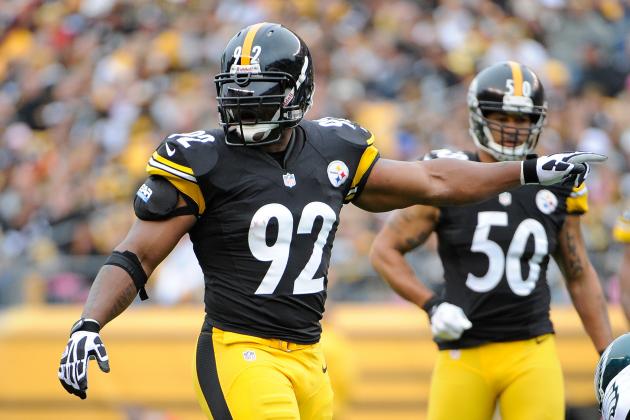
Sports have become a huge part of our country’s entertainment culture. This is especially true in Pittsburgh, which likes to bill itself the “City of Champions.” In many areas of the country, there is fanatical support for professional and college sports teams. Getting into a playoff, bowl game or March Madness can not only invigorate a city’s collective psyche, but also provide significant revenue to the local economy. In recent years, many teams and colleges have boosted the level of medical care to their athletes. This is a win-win situation for both the individual athletes and the team.
UPMC Eye Center provides eye care, both on and off the playing surface, to the Pittsburgh Steelers football team, Pittsburgh Penguins hockey team and University of Pittsburgh athletic teams. Providing care to the players, coaches and administrators for a sports team can be an exciting venture. But like any aspect of one’s practice, it requires planning and commitment. Many more hours go into the process than just the time spent at the field or arena.
Providing eye care to the Steelers requires coordination with other medical professionals. The on-field medical team consists of two orthopedic surgeons, two neurosurgeons, two internists, one emergency medicine specialist (for intubation), one dentist and an ophthalmologist. The coordination of physicians is provided by the head athletic trainer of the Steelers, John Norwig, MEd, ATC. John has been with the Steelers for 25 years and received an award this past year from the NFL Physicians Society as the most outstanding athletic trainer. Like a practice, surgery center or academic department, there needs to be a dedicated leader at the helm.
The NFL requires an ophthalmologist to be at every game. Most team ophthalmologists do not travel to away games, so one is expected to provide care, if needed, to the visiting team as well. Serious injury, such as an orbital fracture, can occur during a game. One needs to be prepared to quickly evaluate players to see if they can continue in the game or if playing could result in further injury. An on-field emergency kit including proparacaine, near card, penlight, bandage contact lens, clear protective shield and antibiotic ointment is kept on hand. Players are encouraged to wear clear eye shields, but this is not required. Players are only allowed to wear tinted shields if approved by the NFL due to a documented eye condition that would cause glare.
Much more time is required managing eye conditions off the field. Most of this is pre- and postseason screening and refractive care. Before the season, undrafted players participating in the NFL Combine are given eye exams. Results of the exams are reviewed to see if a player should be brought in for further examination. Recently drafted players and rookies are all screened before preseason. This is done at the training facility because bringing 50 players into an office in 1 day is difficult. In a period of one half day, the players are given not only eye exams, but complete physicals, bloodwork and EKGs. Players who require refraction, contact lens fitting or complete dilated examination are brought to the office at a later date. Any players considering refractive surgery are operated on after the end of the season.
ORIGINAL ARTICLE:
http://www.healio.com/ophthalmology/retina-vitreous/news/print/ocular-surgery-news/%7B2f4bcf9a-7083-4882-bc77-647ab38ab37b%7D/providing-eye-care-for-professional-sports-teams-involves-commitment-beyond-game-day